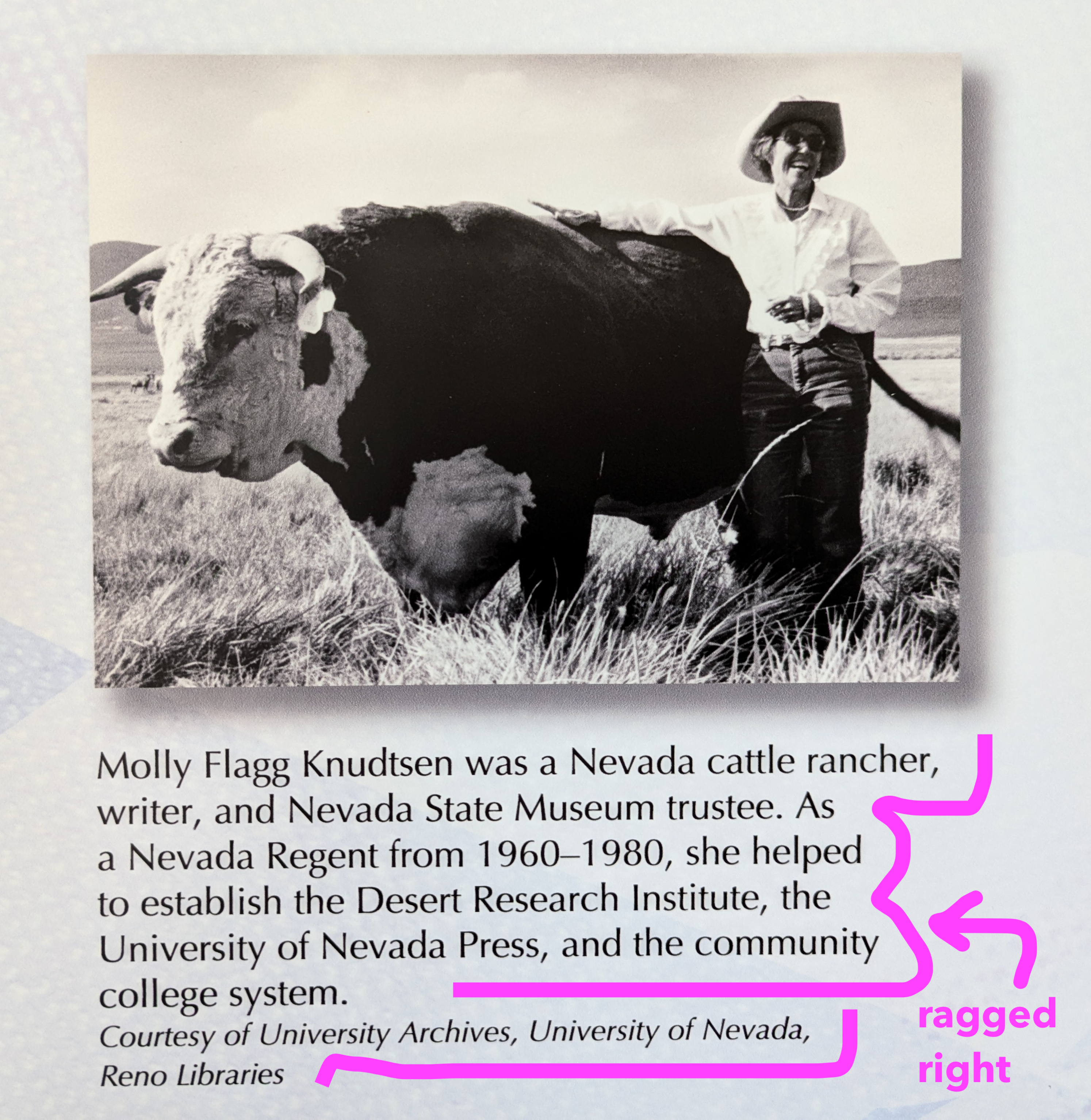Favorite Ruby tricks
Toy problems using Ruby's capacity to manipulate arrays, hashes and strings
John Skiles Skinner
June 24, 2025
A near-guilty pleasure of mine is little riddles in Ruby that rely on the language's rich Array, Hash, and String methods. Just look at Ruby's transpose method and tell me you're not aching to find some clever way to put it to work!
These questions happen to come up in job interviews a lot. If the interviewer gives me a choice of language, I will pick Ruby every time. Even when I get the vibe that Python would be the more fashionable choice, which is frequently.
Below are some toy problems I consider fun. I plan to add more to this post as they come to me.
Sort an array "around" certain elements
The challenge is to sort an array, except for selected elements which are to be left in place. For example, given the array:
array = ['b', 'd', '|', 'a', '|', 'c']
sort it in such a way that all the letters are in alphabetical order but the pipe (|) characters stay in the same place. The sorted letters should "flow around" the pipes without disturbing them.
My approach is to extract from the array the smaller array of letters we want to sort, sort them, and then collate them back into the original array.
# the array we are given
array = ['b', 'd', '|', 'a', '|', 'c']
# Create a version without pipes, and sort the
# letters in reverse-alphabetical order; later
# when we use`pop` they will be reversed again
smaller = array.reject{|e| e == '|'}.sort.reverse
# Iterate over the original array, modifying it so that
# every letter (every non-pipe) is replaced by a letter
# from the sorted array in reversed (pop) order
array.map!{|e| e == '|' ? e : smaller.pop}
puts array.inspect
# prints the result:
# ["a", "b", "|", "c", "|", "d"]A fun detail is that I use a method, map!, that ends in an exclamation point (!) which is Ruby's way of warning that a method is more dangerous than its equivalent without punctuation. These "bang methods" modify or replace the object that they are called on, rather than modifying a copy. This means that I don't need to set up a new variable to hold the result I am about to print.
Another fun part for me is using pop because I get to treat the array like a stack. It becomes a Pez dispenser; a creaky spring pushes the pez (array items) to the top, one at a time in a strict order, where they can be popped out of the thing. When I feed these items back into the larger array, the pez dispenser technique guarantees their order and that they are each used only once.

Image: a Pez dispenser outputting a single item, similar to a stack in computer science
A curiosity is .sort.reverse. Per my benchmarking, sorting in ascending (alphabetical) order followed by reversing is actually faster than sorting in descending order. I could have avoided reversing the array if, instead of popping items out of it, I had used shift to unload the array. But this benchmarked a little slower for me.
I got approximately this question on a job interview at Apple one time. Also, it is somewhat similar to Leetcode problem #27. Thanks to Steven Clontz for making my code one line shorter by reminding me to use reject instead of relying on map for everything, as you will see I always do.
Longest common prefix
This is just Leetcode #14 but I had fun with it. The challenge is to find the longest common prefix string in an array of strings. In other words, the longest shared, leading substring. For example, given the array:
array = ['fish', 'fishing', 'fiscal', 'finagle']
the longest common prefix is fi.
The essence of my approach is to crack every string into arrays; transpose (yes!) the arrays so that they become an array of the first letter, the second letter, and so on; then identify how many of these arrays starting from the beginning of each word consist of only a single letter. Leetcode requires the code to be a function; I also want to use a function so I can return from it.
def longest_common_prefix(strs)
# Guards, catch simple edge cases
return "" if strs.include? ""
return strs[0] if strs.length == 1
# Trim every string to the length of the
# shortest, and convert strings to an array
lengths = strs.map{|s| s.length}
shortest = lengths.min
strs.map!{|s| s.split('')}
strs.map!{|s| s[0..shortest-1]}
# Switch the columns and rows of the array
transposed = strs.transpose
# When every letter in the array is the same
# shrink down the array to that letter alone
transposed.map!{|a| a.uniq}
output = String.new
# While the arrays contain only one letter,
# add it to the output, then return it
for i in transposed
if i.length == 1
output = output << i[0]
else
return output
end
end
# Catch cases in which all strings are only
# 1 character, thus never triggering the
# previous return
return transposed.flatten.join()
endAn interesting wrinkle is that transpose can only operate on arrays of equal length. It is built to operate on a matrix — or an array of arrays, which is how matrices are implemented in Ruby. To fill out a nice neat square matrix shape, the sub-arrays must all have the same number of elements.
I just chop off the ragged right edge of the matrix. No characters there can possibly be in the longest common prefix, because they are not shared by every word. Stated another way: I trim each word to the length of the shortest word because the possible shared characters among all words are necessarily contained in shortest word.

Image: the concept of "ragged right" in typographic alignment applies to trimming the rightmost portion of our matrix of strings
I have a habit of avoiding indentation by using implicit or near-implicit loops that fit on one line. In the above code I use map or map! four times, each of which is an iteration over the array. The code might be oodles faster if I only iterated once. But, for these toy problems, I prefer the conceptual simplicity of a single line that does a single thing to every element across the array.